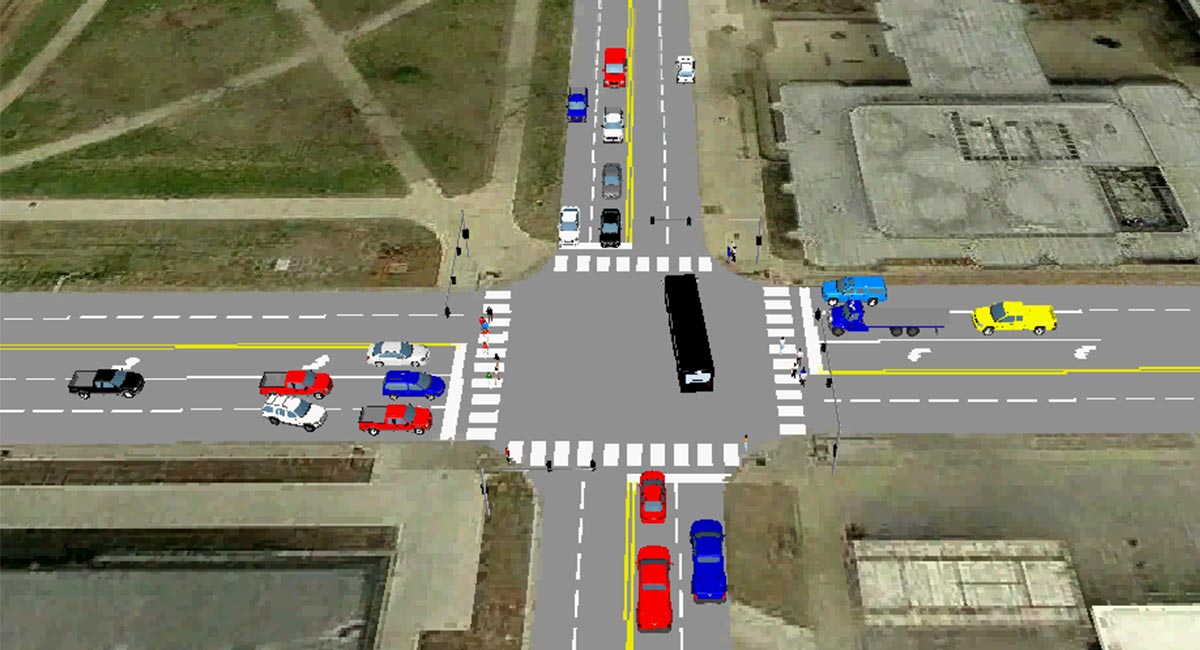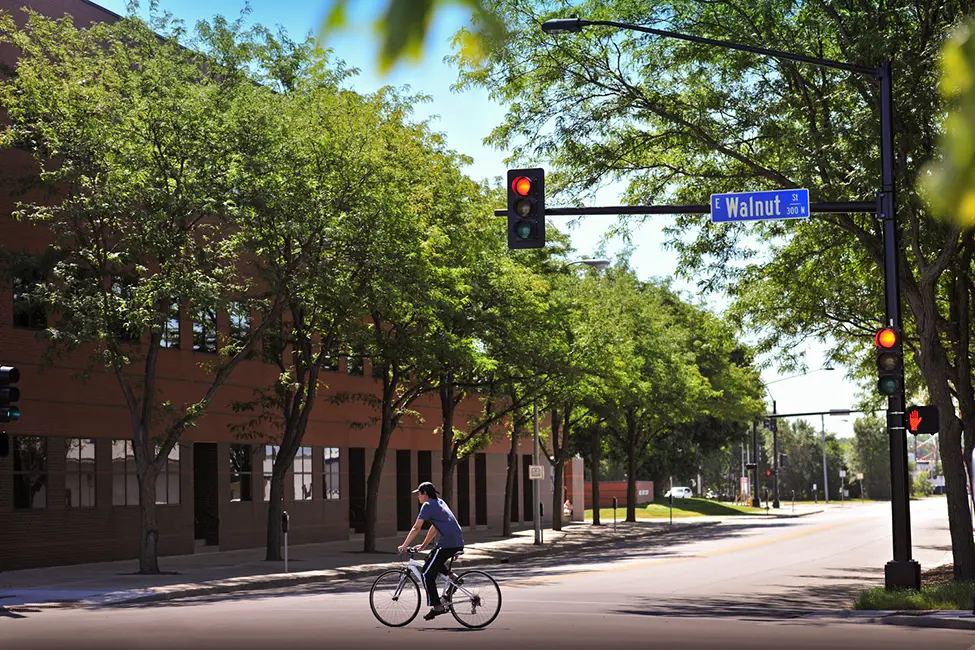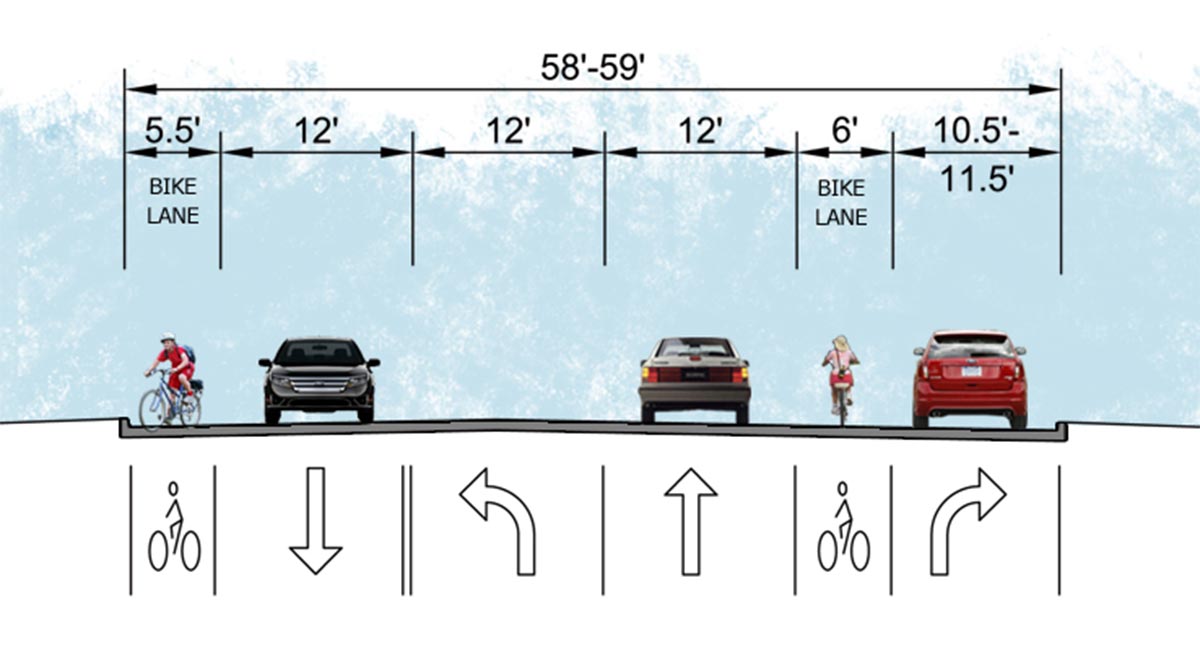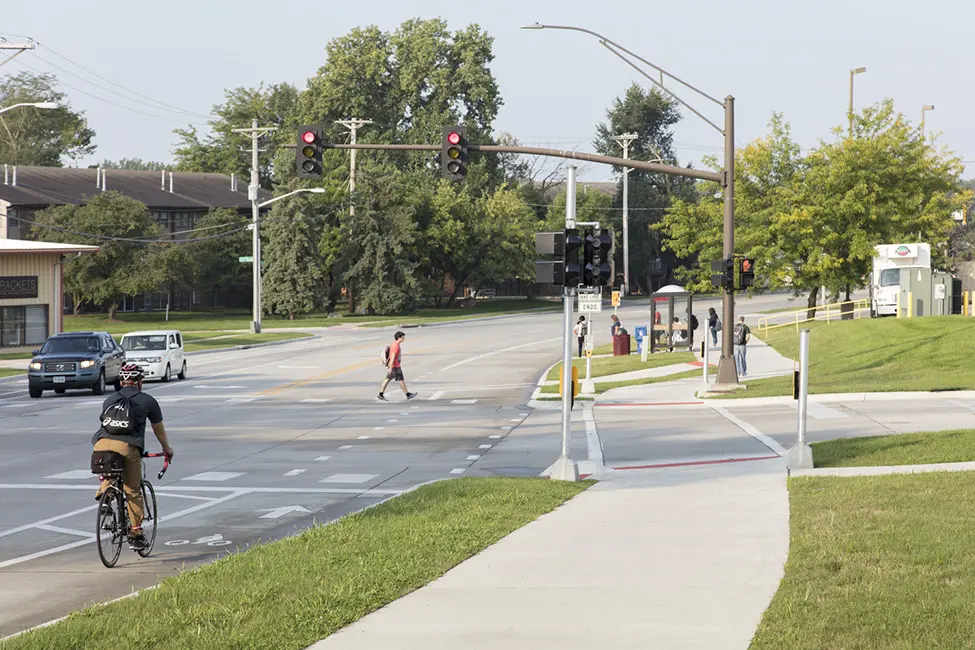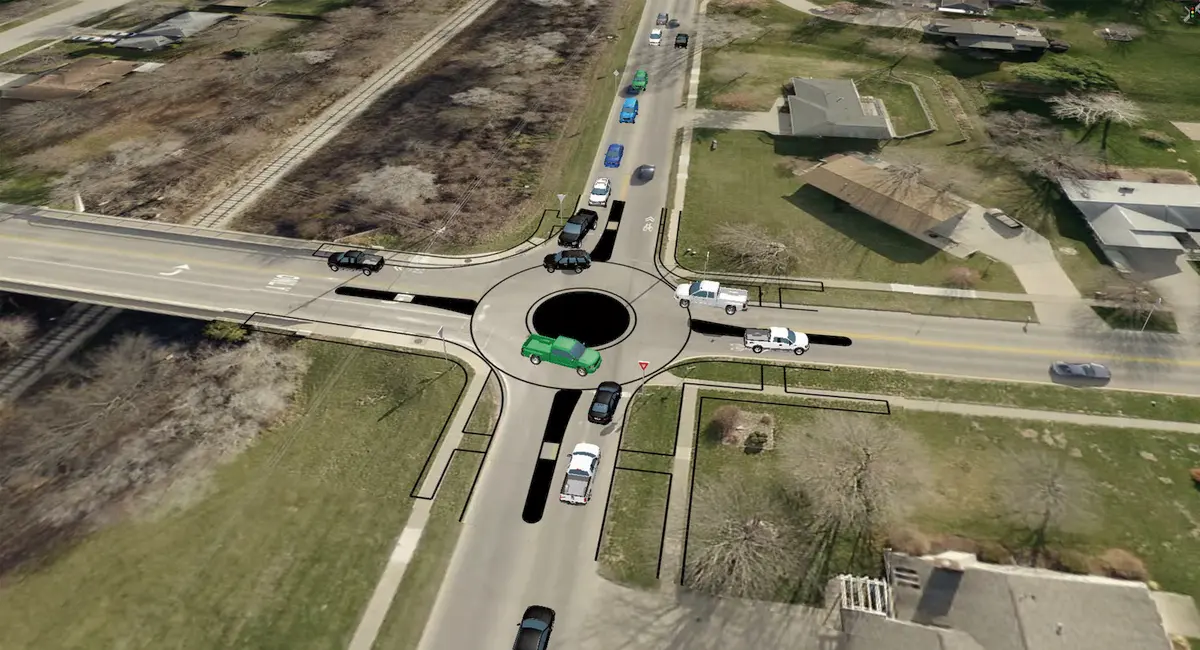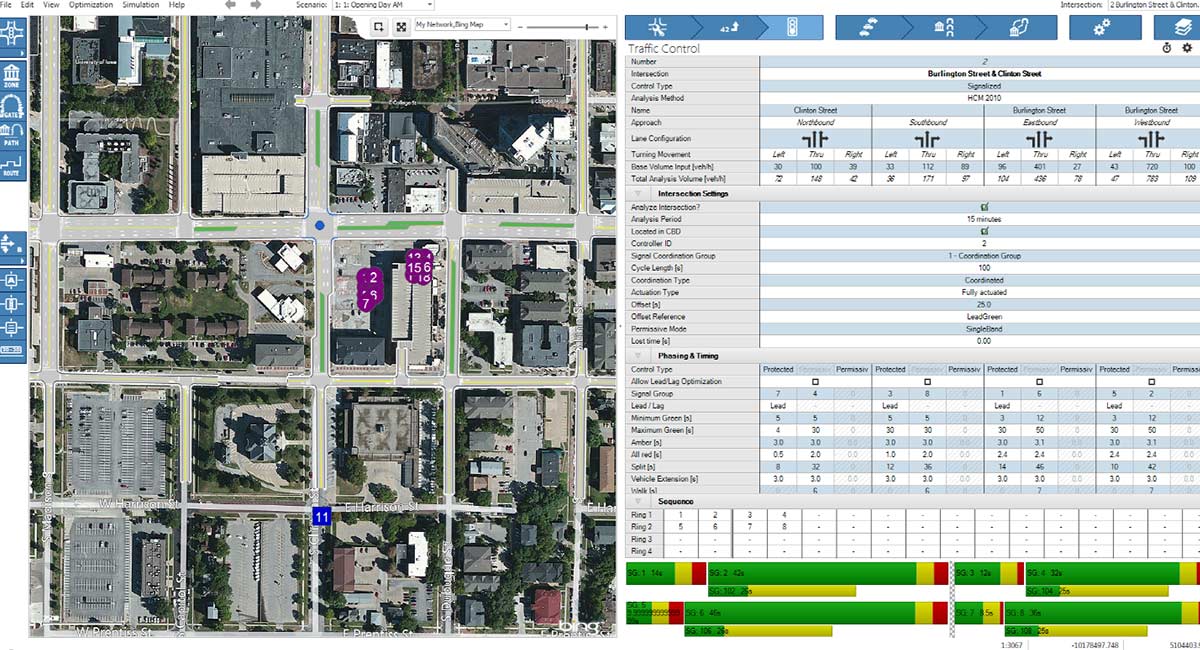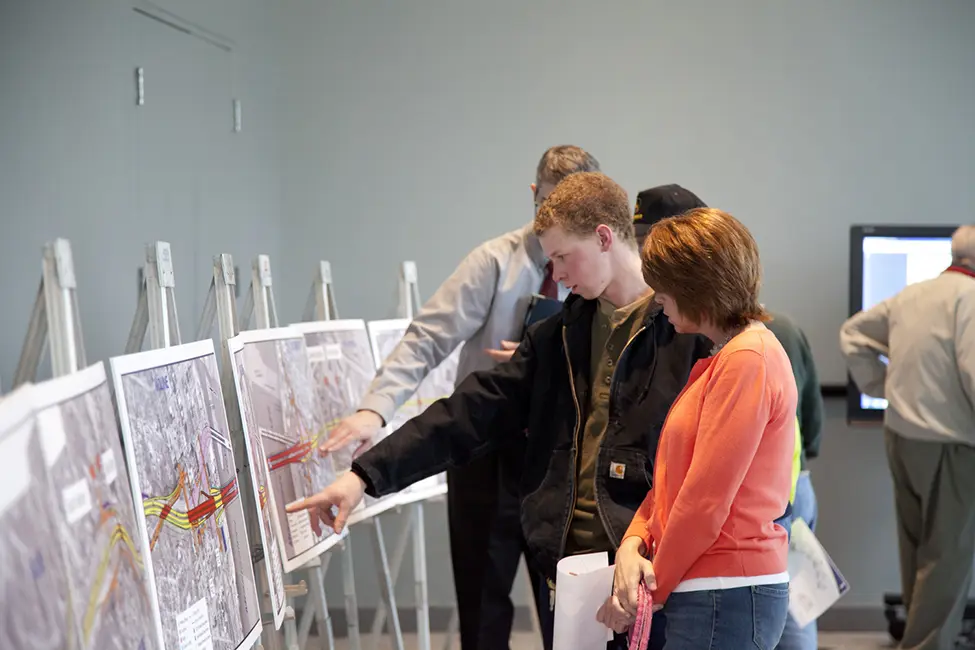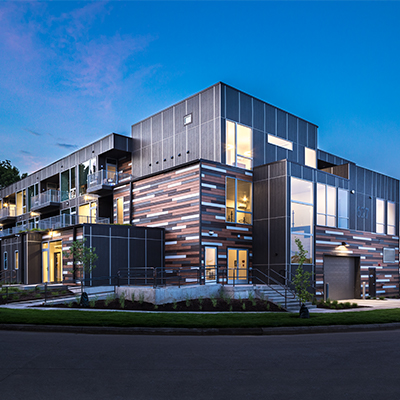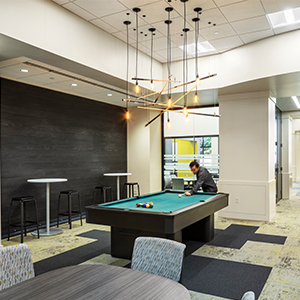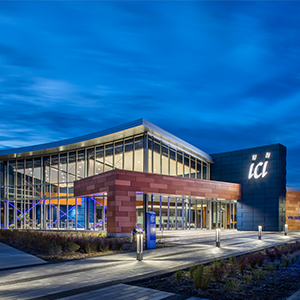Land use changes, infrastructure improvements and significant construction zones can impact traffic volumes and patterns. A traffic engineering study can help communities, developers and land owners to work together and provide safe and efficient transportation systems for all users.
Traffic engineering studies address changing traffic volumes and patterns that can potentially cause new issues or accentuate existing deficiencies. These studies can include detailed traffic counts, traffic modeling with programs such as SYNCHRO, SimTraffic, VISSIM, VISTRO and Highway Capacity Software, capacity and queuing analysis, access management reviews, traffic calming components, ITS integration and pedestrian/bicyclist/transit user accommodations.
Many studies include the development of 3D traffic simulation models for use by city staff and/or public outreach. Many times, the results of a study are much easier to interpret from a 3D simulation than a written report.
Results of traffic studies provide reasonable solutions that communities and developers can understand and agree upon. Studies may recommend reductions in vehicle lanes in conjunction with new bicycle lanes. This provides a method to better compare levels of service of all models of traffic using a corridor.
Traffic Signalization
To keep traffic moving safely and efficiently in new developments or next to land being re-purposed, traffic signals are sometimes needed at key intersections. Choosing the best placement, most effective detection strategies and appropriate choice from ever-evolving technology can be overwhelming to communities.
Because every project and community is unique, we continuously work with suppliers, manufacturers and clients to stay on top of new technologies to develop the right solution for the challenge at hand. Traffic signalization projects have included loop, camera and microwave detection, fiber optic and wireless communications, LED street lighting, accessible pedestrian signals, emergency vehicle pre-emption systems and much more. Internal controller software can be used to provide transit priority to campus buses.
The addition of traffic signalization can have a dramatic impact when designed well:
- Eliminate traffic being backed up to major roadways or interstates
- Improve transit route wait times
- Provide pedestrians and bicyclists with safer crossings
- Help emergency response vehicles traverse an intersection quicker and safer
Stay in Touch for Monthly Shive-Hattery Industry Insights
More Civil Engineering Projects
Creating the foundations that support community growth.
We're Learning, Growing + Sharing
Stay on top of the latest industry trends as we share how we are staying ahead of them.
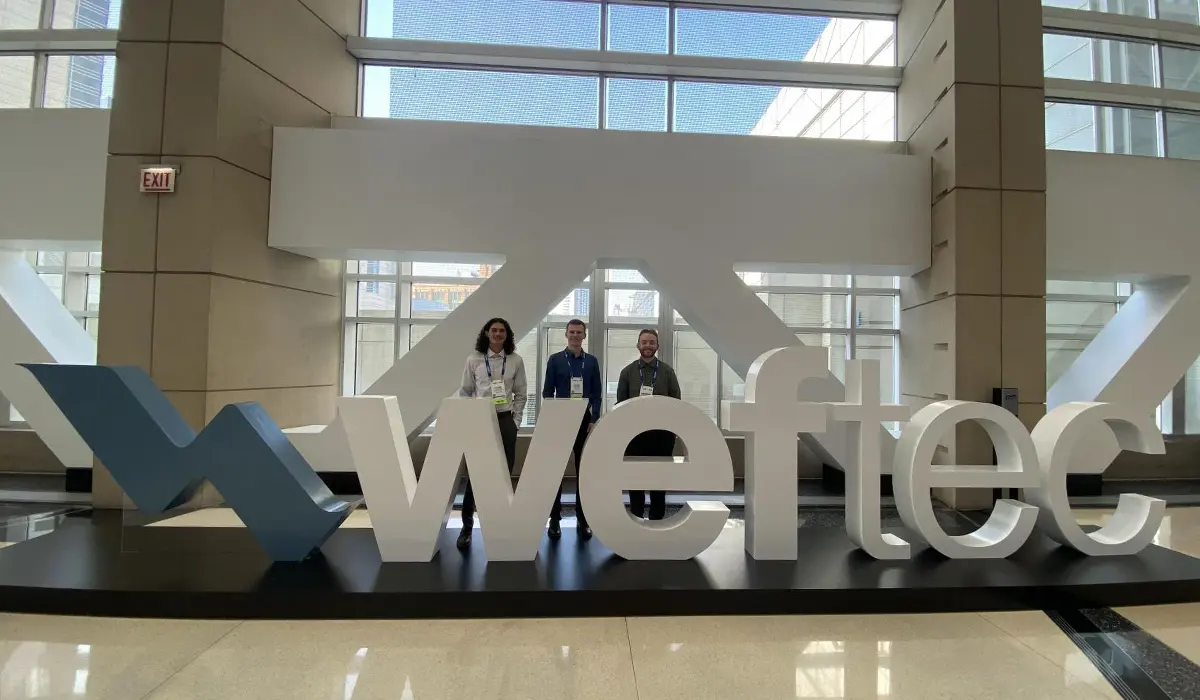
NAU Capstone Team Wins Arizona Design Competition, Heads to WEFTEC 2025
Infrastructure
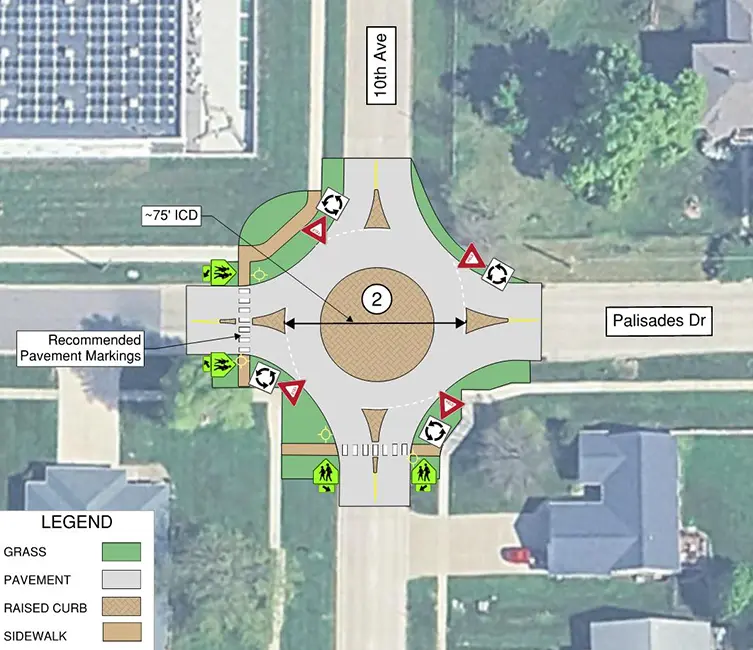
What Is a TEAP Study and How Can It Help Your Community?
Infrastructure

Shive-Hattery at ICRE: Big Property, Bold Moves with Mark Seabold
Multifamily + Housing

